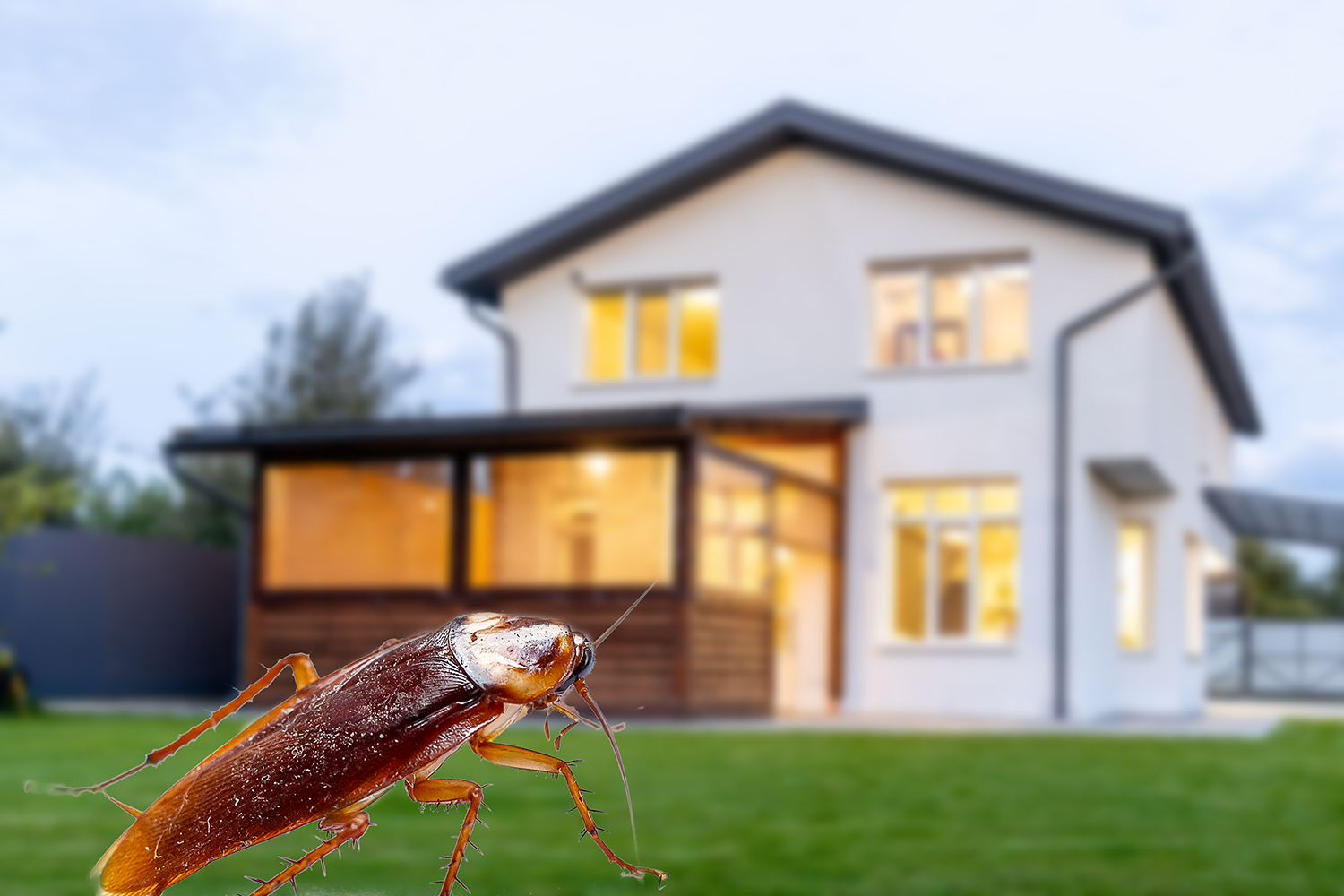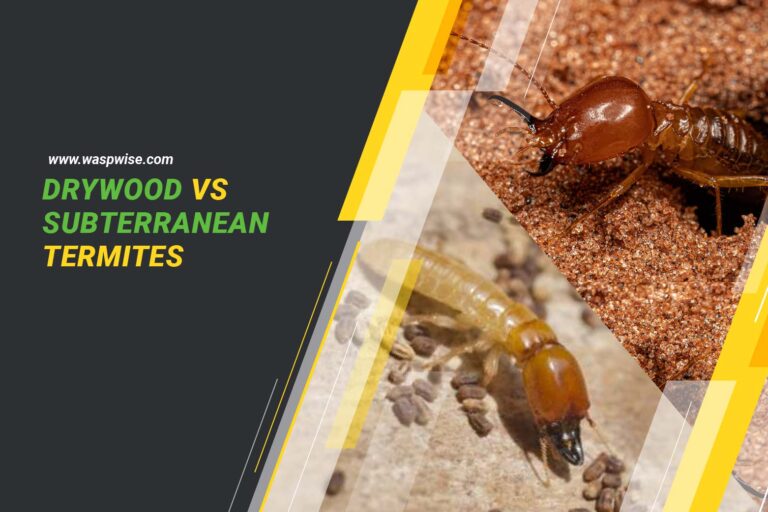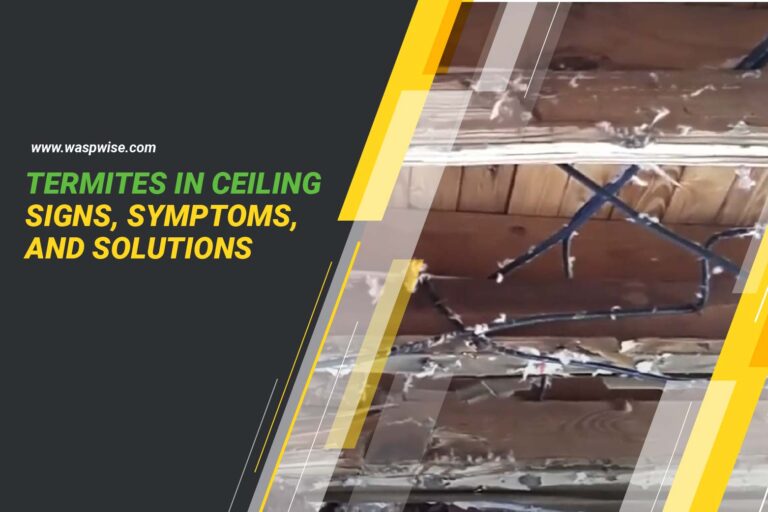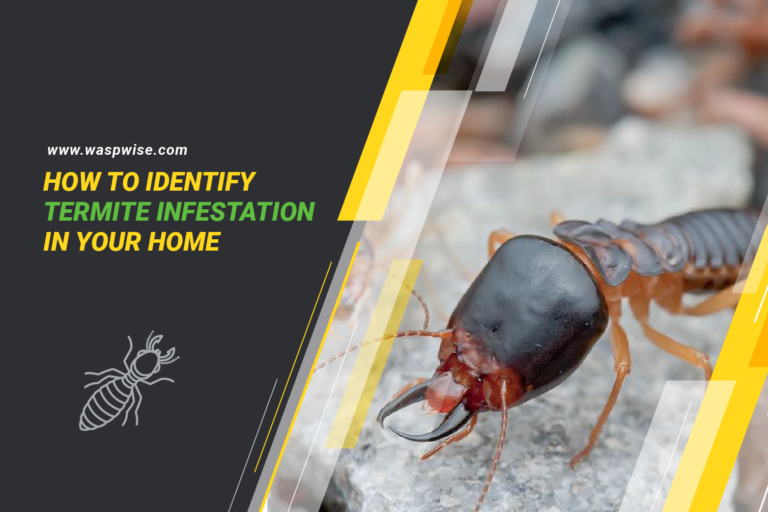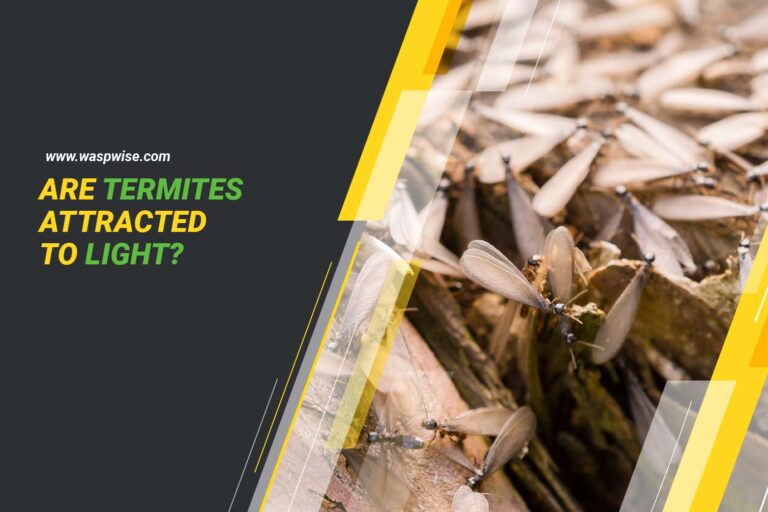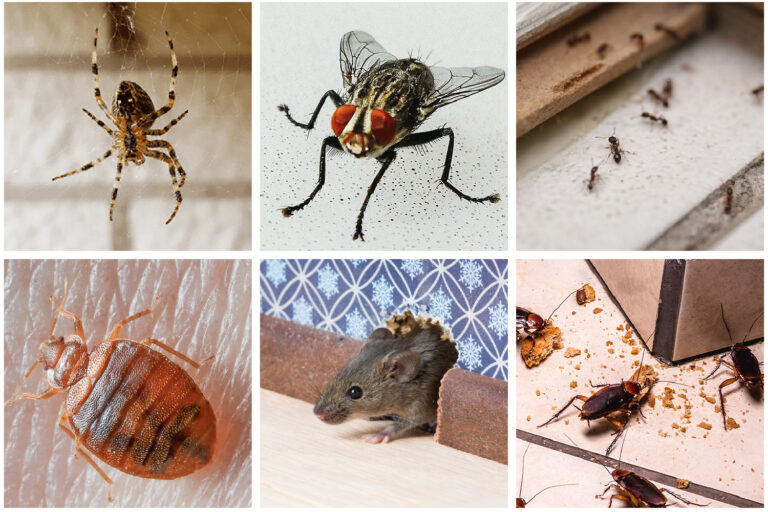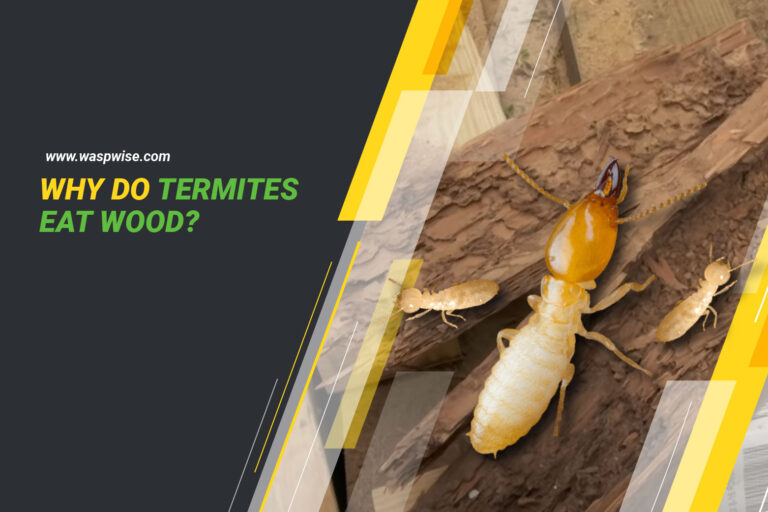DON’T INVITE THEM IN: 10 THINGS THAT ATTRACT PESTS TO YOUR HOUSE
No one likes to deal with pesky pests invading their home. Unfortunately, certain things in and around your house could attract these unwanted guests without you even realizing it! Several common culprits could be luring pests inside, from leftover food and water sources to cracks in your walls.
As much as we love our homes, they can be a haven for pests. Pests like rodents, insects, and other creepy crawlies find our homes to be ideal habitats, thanks to the abundance of food, water, and shelter. They can be a nuisance and threaten our health and well-being. In this article, we’ll discuss ten things in your house that attract pests, so you can take the necessary steps to prevent them from entering your home. Let’s get started!
1. CLUTTER
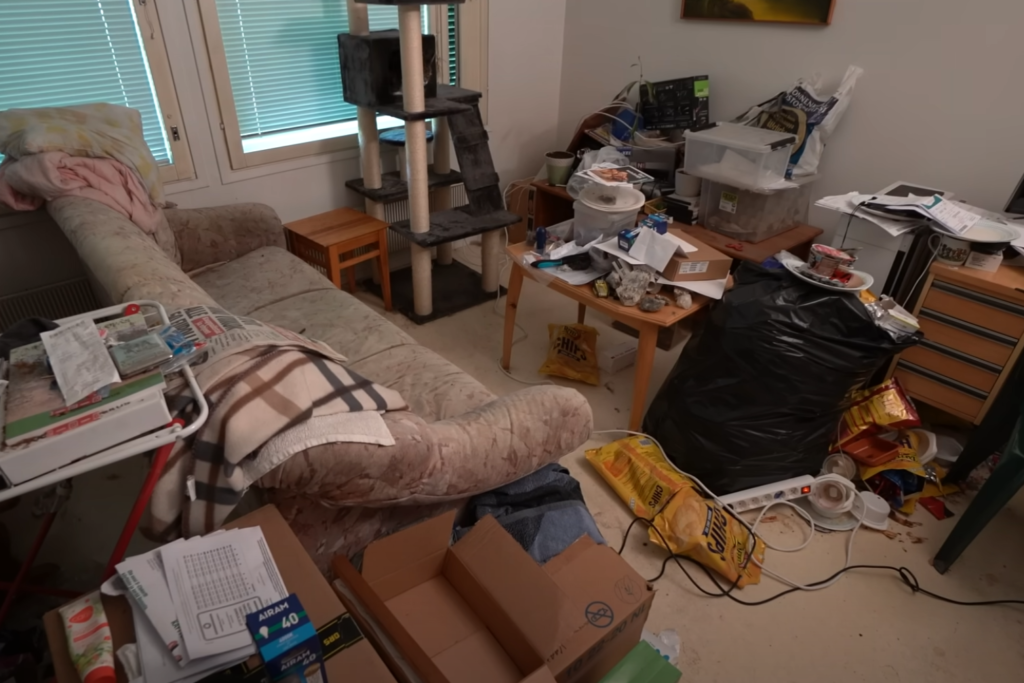
Clutter in the home can be an open invitation to pests, so it’s important to keep your living space tidy. Keeping spaces organized and reducing clutter can go a long way in avoiding potential pest encounters. Boxes should be kept off the floor, and clothes should be stored appropriately. Food items should be kept in airtight containers or cabinets, and it’s important to vacuum regularly, clean counters, and inspect for signs of pest activity. Taking these preventative measures can help you avoid any unwelcome intruders.
2. FOOD SOURCES – A PRIMARY ATTRACTANT FOR PESTS

Food sources are a significant culprit when it comes to attracting pests. They can be anything from spilled food crumbs left out on the counter or dirty dishes to pet food bowls not emptied regularly. Even small amounts of food crumbs can bring in pests like ants, cockroaches, and rodents. Keeping all home areas clean and free from food scraps or spills is essential.
The kitchen is especially vulnerable because it contains so many potential food sources for many pests. This means ensuring all surfaces are wiped down after meals, and that trash is taken out regularly. It’s also important to store all food items in sealed containers and ensure pet dishes are cleaned daily.
3. POOR SANITATION
Poor sanitation can be a huge attraction for pests. Insects, rodents, and other animals are looking for places with food, water, and shelter. Having an untidy home or not disposing of waste properly can provide them with the resources they need to survive.
Things like overflowing bins and uncleaned dishes in the sink can be inviting for insects, such as cockroaches. They’ll also spread bacteria and disease, so keeping the area clean is important. Piles of clothes on the floor or stacks of newspapers may also attract rodents like mice and rats, who will use these materials to build nests.
4. MOISTURE
Moisture in your home can be an attractive environment for pests. High levels of humidity and water sources can allow pests to enter, breed, and make their homes in your own. Not only that, but certain pests may also feed on the dampness or moisture itself.
It’s important to identify where moisture is coming from in order to prevent pest infestation. Common sources of moisture include leaking pipes, condensation from appliances, and flooding from heavy rains. Even something as simple as leaving wet clothes out overnight can create a hospitable environment for a variety of pests.
5. UNSEALED CRACKS AND HOLES
Cracks and gaps around windows, doors, and walls are a major attractant for pests. Even the smallest cracks can be an entry point for insects and rodents. These holes and crevices can be created by natural causes such as weathering or wear-and-tear due to age.
Taking action now will help ensure that these pesky intruders stay out of your home! Regularly inspecting your home and sealing any cracks or holes you find will go a long way toward deterring pests from entering in the first place. Don’t hesitate to contact an exterminator if the problem persists or if you’re having difficulty finding all intrusion spots on your own. With a little bit of effort and vigilance, you can keep your home pest-free!
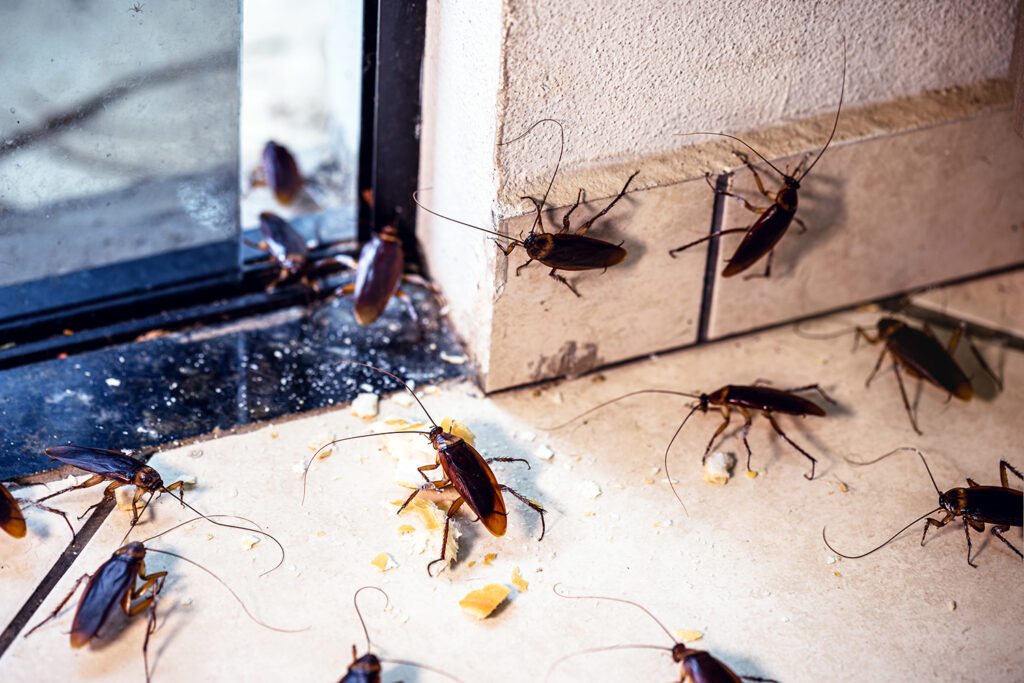
6. VENTILATION AND AIRFLOW
Ventilation and airflow can be major factors in attracting pests inside your home. Warm air carries moisture, which attracts many insects, including termites. Even if you don’t see any bugs, poor ventilation can cause condensation, creating an attractive environment for them. Poorly sealed windows and doors can also let in outside air that might contain pests or their eggs.
Also, consider installing screens on windows and vents to keep out flying insects like flies and mosquitoes. A screened-in porch is another great way to create a barrier between the outdoors and indoors while allowing fresh air circulation into your home. These steps will make it harder for pests to access your living space and reduce their chances of settling down permanently.
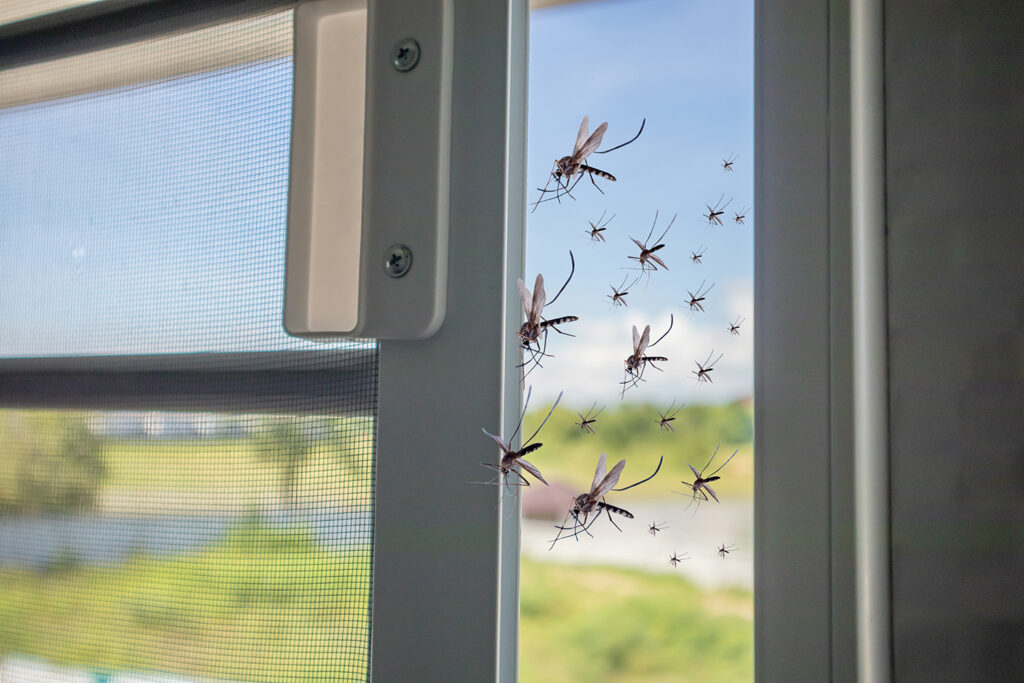
7. ACCESSIBLE ENTRY POINTS
Entry points are a common way for unwelcome guests to find their way to your home. Pests can enter through nooks and crannies that don’t get thoroughly inspected or sealed off. Even the smallest openings can provide an access point that’s big enough for a rodent or insect to squeeze through. Doors, windows, vents, and even electrical outlets can be potential areas of entry.
Inspecting your home regularly for any areas of weakness in the structure that may invite pests is essential. Any cracks or crevices should be filled to prevent any unwanted guests from entering your home. If you have pets, ensure their doors are kept securely sealed off when they’re not in use.
8. OUTDOOR LIGHTING
It’s not a secret that insects such as moths and beetles are drawn to light sources like porch lights and floodlights. They’re particularly attracted to white or yellowish light, so it’s important to be mindful of what kind of lights you have outside. Additionally, outdoor lights that stay lit for long periods may also draw in more insects than necessary.
To prevent this from happening, it’s best to use motion-activated lighting or keep the lights off when not in use. This will minimize the amount of light being emitted throughout the night and make your home less attractive to potential intruders. If you still want exterior lighting for safety reasons, consider using red or amber bulbs, as those colors don’t attract nearly as many bugs.
9. WOODPILES, TRASH, AND COMPOST
Woodpiles, trash, and compost are really attractive to pests. Wherever these items are kept outside, whether it’s in the yard or near the house, they can attract pests like ants, roaches, and flies. If a woodpile near your home isn’t regularly used, it’s best to remove it, so you don’t have to worry about any invasive species. Trash should also be kept away from your home as much as possible—taking out the trash regularly will help keep pests away.
Compost can be particularly inviting to pests if not managed properly. Keeping compost piles far from your home is key, as well as making sure that the compost is mixed frequently. This helps keep the temperature of the compost pile consistent and prevents it from becoming too moist or attracting fruit flies and other bugs. Additionally, make sure that any food waste added to compost is covered with soil or another layer of organic material to prevent pests from reaching it.
10. PET FOOD AND WASTE
Pet waste and food are the most common items attracting pests to your home. Not only do these items provide a source of nourishment for pests, but they also provide an easy place to hide and breed. This can turn a small pest problem into a much larger one in a very short time.
It’s important to keep pet food in sealed containers and clean up pet waste as soon as possible. If you have outdoor pets, it’s especially important to keep their food in airtight containers or even indoors if possible. Additionally, seal any garbage cans tightly and dispose of all trash regularly.
CONCLUSION
It’s important to take steps to prevent pests from entering your home. Keeping your home clean and free from food sources like crumbs and spills is a great way to start. Regularly checking for common signs of infestations can help you catch any problems before they become serious. You can also use natural remedies to get rid of pests, like essential oils or diatomaceous earth.
Finally, certain pests may be more likely to invade your home than others. For example, cockroaches are attracted to warm, moist environments, and ants usually come inside looking for food. Knowing which pests will most likely invade will help you better prepare your home against them.
No matter what kind of pest problem you have, taking action immediately is important. With the right preventive measures and treatments, you can keep your home pest-free and enjoy a safe living environment. If you are unable to handle pests on your own, don’t hesitate to request assistance from a professional pest control service.

